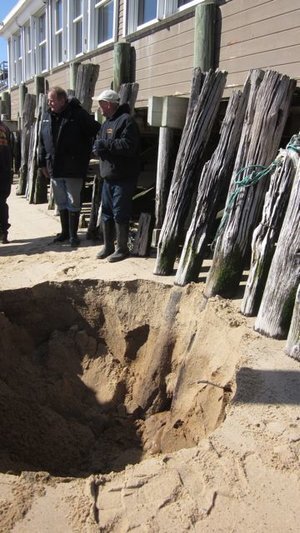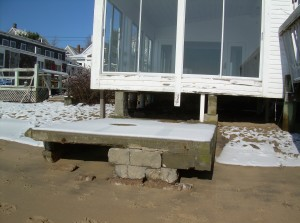Commercial Consulting
Safe Harbor offers commercial consulting services for both planned and emergency projects.
Safe Harbor designs compliance techniques to minimize impacts to natural resources during construction projects.
Safe Harbor collaborates with local conservation commissions, architects, contractors and property owners to ensure that projects are successful throughout the process.
Safe harbor coordinates all phases of construction; planning, submission; compliance monitoring; storm water systems; erosion control; and habitat restoration.
Photo by Trevor Pontbriand
FREE CONSULTATION
Safe Harbor offers no cost site visits to review and discuss your project. We are experienced with various State and Municipal requirements for environmental permitting. To request a consultation, you can contact Safe Harbor directly.
ENVIRONMENTAL PERMITTING
Environmental permitting requires careful attention to detail and deadlines. Prior to submission, we develop a site management plan that integrates necessary project sequencing, resource area delineations, various use designations and specific mitigation for construction activity. Safe Harbor provides a built-in liaison with regulatory agencies. We attend and participate in public hearings, providing detailed technical responses as necessary. Safe Harbor protects the property owner's liabilities.
Sample Project
Sample: Restaurant storm energy protection

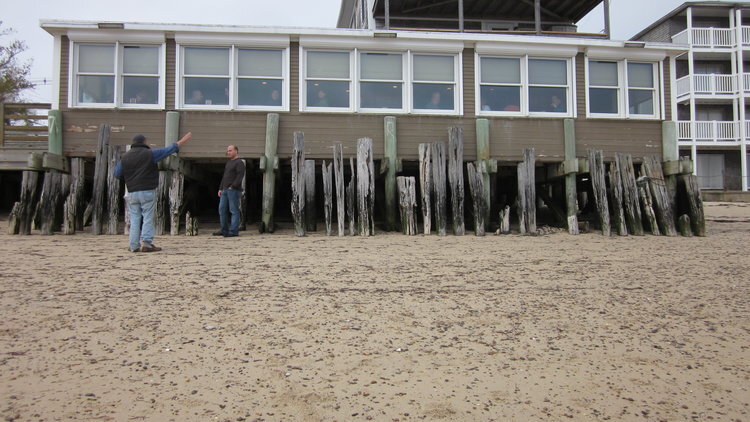
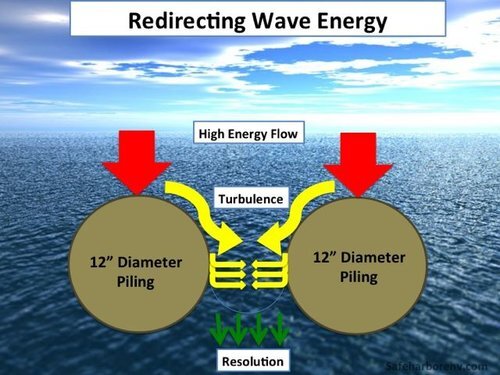
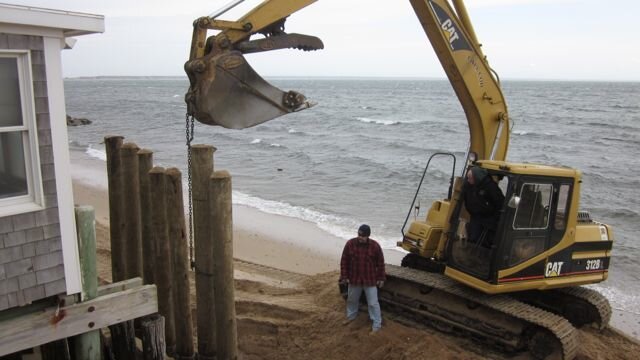
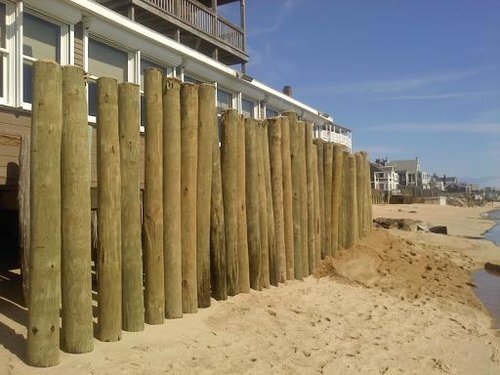
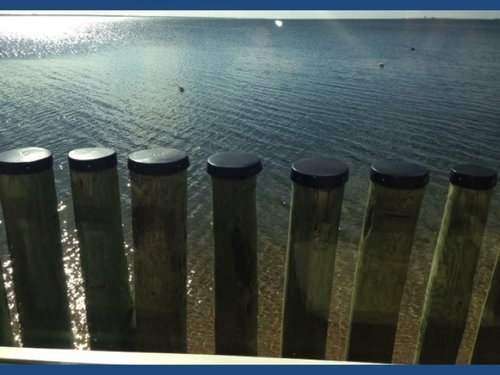
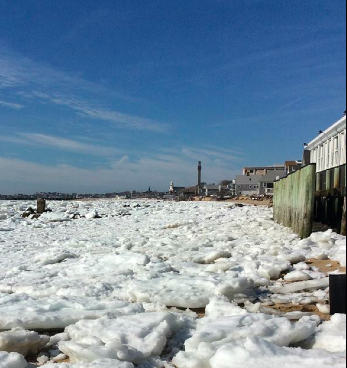
Emergency Commercial Consulting:
Certain environmental conditions trigger thresholds constituting "Emergency Status". Each town's Conservation Commission may have it's own protocol for determining and responding to requests for this status. Emergency permitting does not bypass the review process but it does change the sequence of the review protocol.
Many towns are unfamiliar with Emergency Permits, and have no established protocol. Property owners and regulators may not share the same perception of emergency status. For instance, the catastrophic loss of land to coastal erosion may not, in itself, constitute an emergency. However, if a structure or part of a structure is imperiled, or if it can be demonstrated that a structure is in imminent peril due to that catastrophic erosion, the situation may qualify for status.
Emergency response protocols cannot incorporate Notice of intent timeline delays. The NOI is submitted ex post facto, usually within 30 days of receiving the Emergency Permit. The Conservation Commission certifies the emergency by reviewing submitted information (site plan; photographic evidence; proposed response protocol) and voting to issue an Emergency Permit to perform necessary work immediately. In some towns, the building commissioner may need to certify a structural emergency to the Commission. In some cases the Commission Agent may be authorized to issue an Emergency Permit but the Commission should be called to an emergency session.In rare circumstances, when responding to a large scale situation or when Commission officials are not available, a town administrator may be authorized to certify an emergency situation.
See example below for an illustration of residential projects with “Emergency Status”
Sample Project
SAMPLE: Restaurant Septic storm damage
A coastal storm had ripped open a restaurant septic system situated on a public beach, which acted as the structure supporting this building. This project qualified for emergency status because it required an immediate response. Safe harbor assisted in stabilizing the situation.


